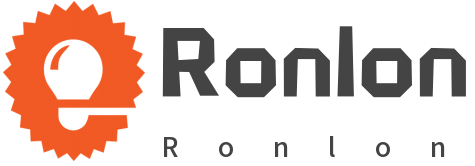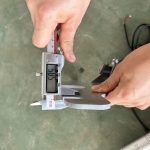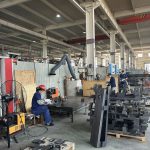Floor cleaning has come a long way since the days of manual mops and brooms. In the past, cleaning large industrial spaces was a labor-intensive task that required a significant amount of time and effort. Today, however, floor cleaning machines have revolutionized the way we maintain cleanliness in industrial settings. These machines, which range from simple push scrubbers to advanced automated units, have made it easier than ever to keep large areas clean.
One of the earliest innovations in floor cleaning technology was the introduction of the mechanized scrubber. These machines were designed to mimic the action of a mop and bucket but with greater efficiency. Early models were relatively simple, with a rotating brush and a water tank that allowed users to scrub and rinse floors simultaneously. While these machines were a significant improvement over manual cleaning methods, they still required a lot of physical effort to operate.
As technology advanced, so too did floor cleaning machines. The next major innovation was the ride-on scrubber, which allowed operators to clean large areas while sitting down. This not only reduced the physical strain on workers but also increased the speed at which floors could be cleaned. Ride-on scrubbers quickly became a staple in large industrial spaces, such as warehouses and factories, where time is of the essence.
In recent years, the focus has shifted towards automation. Automated floor cleaning machines, or robotic scrubbers, have taken the industry by storm. These machines are equipped with advanced sensors and navigation systems, allowing them to clean floors autonomously without human intervention. Not only do they save time and labor, but they also ensure consistent cleaning results every time.
Another trend in the evolution of floor cleaning machines is the move towards eco-friendly solutions. Manufacturers are now developing machines that use less water and energy, reducing their environmental impact. For example, some modern scrubbers use water recycling systems that filter and reuse water, minimizing waste. Others are powered by lithium-ion batteries, which are more efficient and have a longer lifespan than traditional lead-acid batteries.
In conclusion, the evolution of floor cleaning machines has been driven by a desire to improve efficiency, reduce labor, and minimize environmental impact. From the early mechanized scrubbers to today's advanced robotic units, these machines have transformed the way we clean industrial spaces. As technology continues to advance, we can expect even more innovative solutions to emerge, making floor cleaning easier, faster, and more sustainable than ever before.




